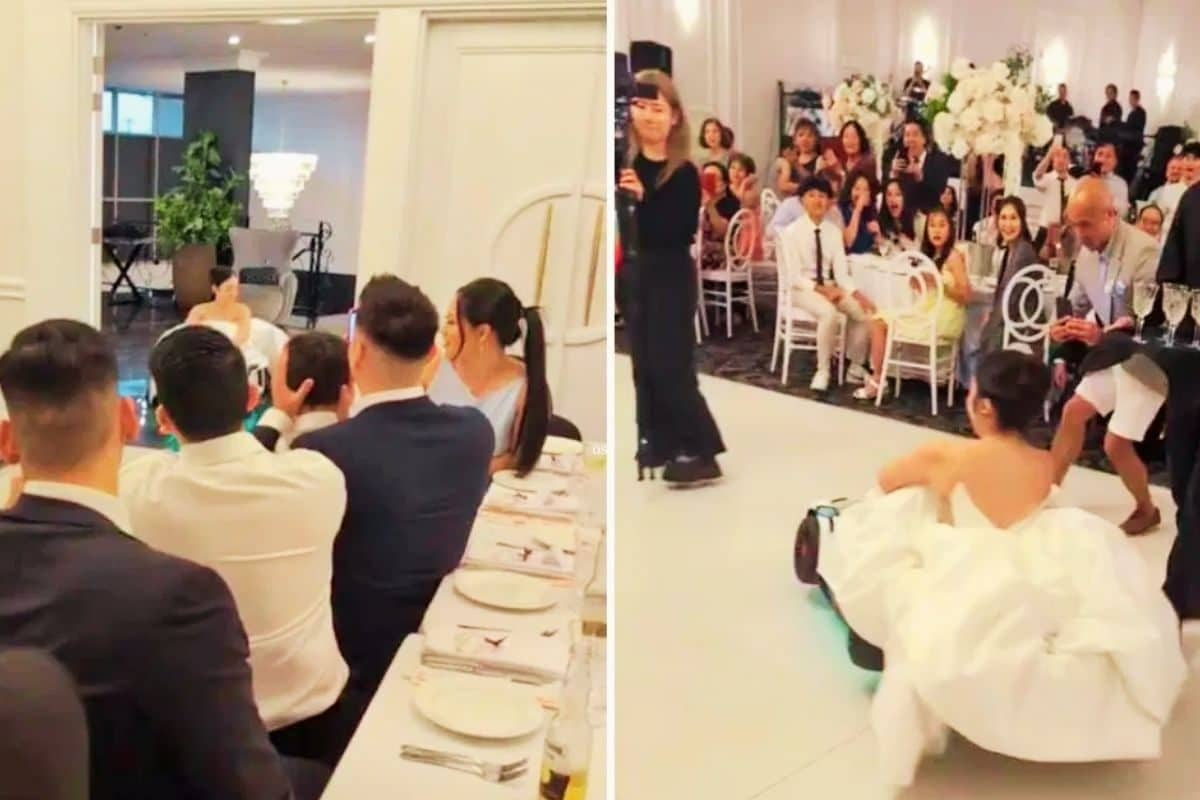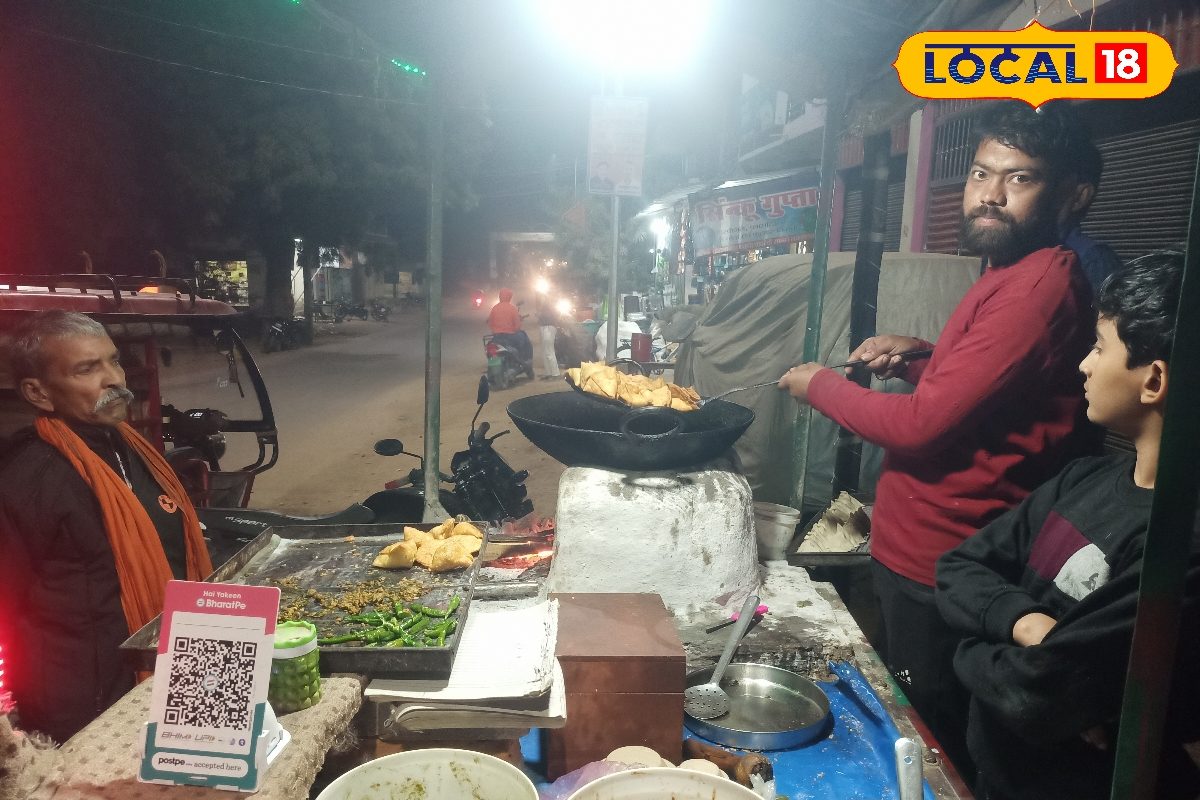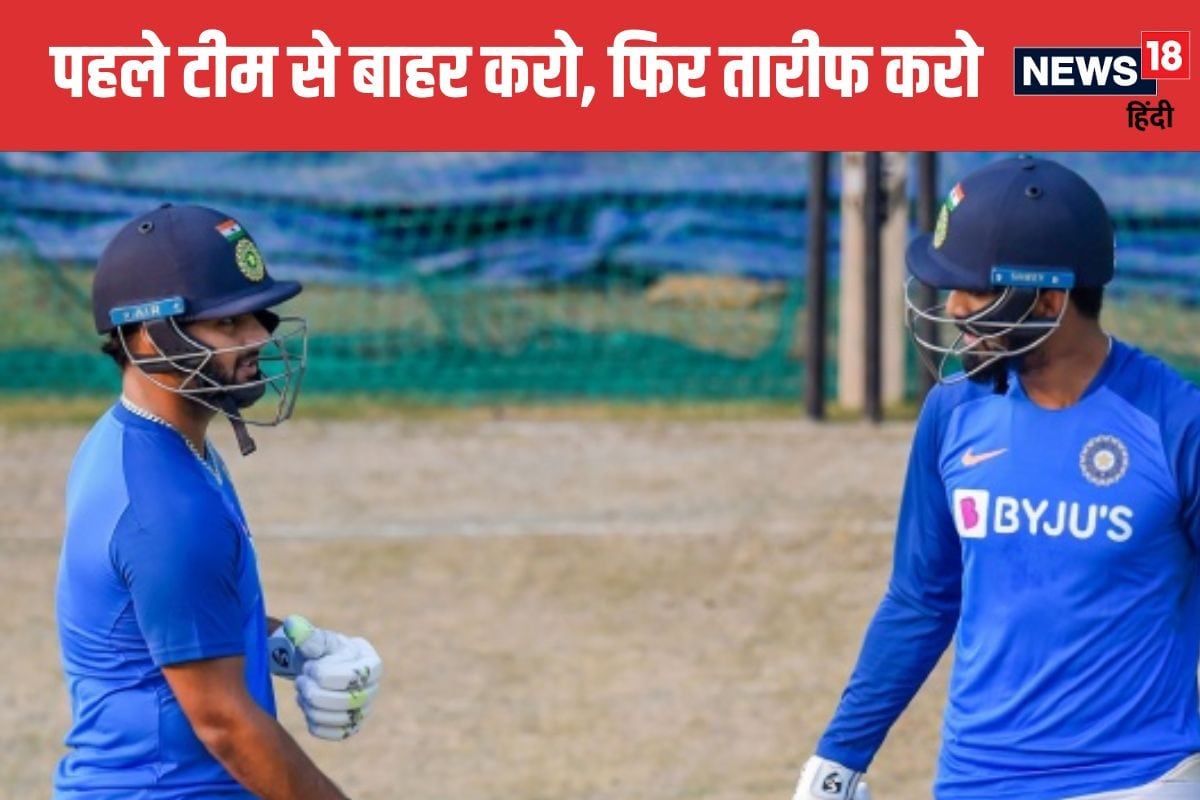[ad_1]
 BBC
BBCStanding between two bars erected at a cellular clinic in Rafah, southern Gaza, Rizeq Tafish concentrates as he takes his first tentative steps in 4 months.
“My feelings before were sadness and despair. Now I feel happiness and freedom,” he says, grinning afterwards.
Rizeq is among the first of 1000’s of wounded Palestinians who ought to obtain new prosthetic limbs from Jordanian medical doctors utilizing state-of-the-art British know-how.
Warning: This report incorporates graphic particulars of accidents
Displaced to Rafah, he was wounded by Israeli tank hearth as he left Friday prayers in June. With his leg amputated, the blacksmith might now not work and was feeling determined.
“I lost my whole life: my job and my hope,” Rizeq says. “There was no one to take care of my wife and baby. I even needed help to use the toilet.”
The human price of Israel’s harmful year-long battle in Gaza is measured not simply in lives misplaced however in lives modified without end.

After analysing emergency medical information, the UN’s World Health Organization (WHO) estimates that a minimum of 94,000 persons are injured. More than 24,000 folks – one in each 100 Gazans – have a life-changing harm. These embrace critical burns, trauma to the pinnacle and backbone and limb amputations.
At the identical time, it has turn out to be nearly not possible to depart Gaza for medical remedy and solely 16 out of 36 hospitals are useful. Rehabilitation providers are closely disrupted. The WHO says simply 12% of kit wanted for injured folks – reminiscent of wheelchairs and crutches – is out there.
The Jordanian programme makes use of revolutionary prosthetics from two British corporations, Koalaa and Amparo. They have easy-to-fit sockets and a brand new direct moulding approach for decrease limbs, which keep away from months of ready and a number of fittings.
“This is a new type of prosthesis. Its main feature is fast manufacture. It means it will be ready for the patient within only one to two hours,” explains Jordanian military physician, Lt Abdullah Al-Hemaida, who has deftly fitted Rizeq together with his substitute leg.
His medical workforce has already helped dozens of amputees. Each prosthetic limb prices about $1,400 (£1,100), with funding from the Jordanian state and a nationwide charity.
Every becoming is registered digitally permitting for distant monitoring and follow-up procedures.
If it’s protected sufficient, the plan is for 2 Jordanian cellular models to maneuver round. There is a large want for prosthetics throughout all of Gaza amongst all age teams.

At the al-Aqsa Martyrs hospital in central Gaza, sisters Hanan and Misk al-Doubri are so small that they slot in one wheelchair. Last month, they misplaced their mom and their legs in an Israeli air strike on their residence in Deir al-Balah.
Misk, who is eighteen months outdated, had simply realized to stroll. Now she struggles to face on her one good foot. But Hanan, who’s three, has rather more extreme accidents; she was blasted out of her household’s first-floor condominium.
“We try to distract her, but she always returns to asking about her mum,” her aunt, Sheifa says. “Then she asks, ‘Where are my legs?’ I don’t know what to tell her.”
I requested the Israeli navy why the al-Doubris had been focused however acquired no response.
Locals consider the ladies’ father, a policeman, who stays in intensive care, could have been focused. Israel has attacked many individuals who labored for the safety forces in Hamas-governed Gaza.

With Israeli drones overhead, 15-year-old Diya al-Adini surveys the destruction by his residence in Deir al-Balah. Around his neck he all the time wears his prized possession, purchased with months of financial savings: a digital digicam.
However, he can now not use it unaided: he has no arms.
In August, Diya was enjoying a pc recreation in a espresso store when Israel bombed it.
“The speed of the rocket made it hard for me to react. After it hit, I lost consciousness for a few seconds,” Diya recollects. “When I came to, everything was white. It felt like I was watching a movie. I tried to get up, but I couldn’t move at all; I didn’t have any hands to help me.”
Diya used to like swimming and strolling his canines, he did errands on his bicycle and photographed landscapes. Now he depends on his older sister, Aya, to take images for him. But he’s decided to be optimistic.
“I am trying to plan a good future so that after I get prosthetics, I can work hard and excel to become a famous photographer,” he says. “I need my limbs to return to my photography, and to everything I loved.”

Making his approach on the uneven path to the tent camp that he now calls residence, Rizeq Tafish has been given crutches to assist him alter to his new prosthetic leg.
“I want to forget the period when I was without my legs and start again. I still consider myself to be whole and complete,” he tells an area journalist working for the BBC in Gaza.
“I could go back to my job or get a different one now that I have my new limb. Just getting my leg back is also giving me back my smile that I want to share with everyone.”
But there are tears of pleasure in addition to smiles when he reaches his household. Rizeq’s mom is overcome as he walks ahead with none assist to embrace her and his spouse praises God as he stands holding their little boy.
Rizeq is only one amongst many in Gaza studying to deal with a brand new critical incapacity however he has taken a step in the direction of getting again his life.
[ad_2]
Source link









